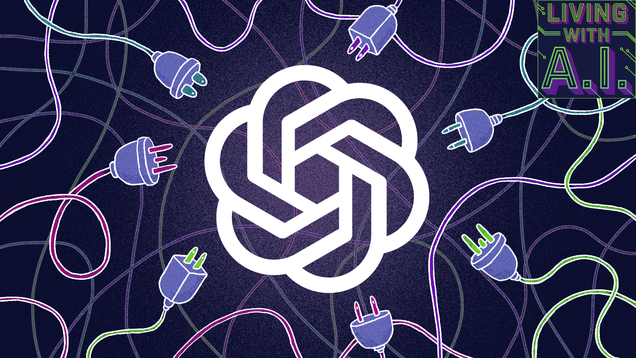In Lifehacker's "Living With AI" series, the author dives deep into the world of artificial intelligence and explores how it significantly impacts our day-to-day lives. This engaging blog post offers insightful perspectives and thought-provoking ideas that truly make us ponder the future of AI and its integration into our society.
One aspect that stands out in this series is its ability to demystify the complex nature of AI technology. By breaking down sophisticated concepts into more understandable terms, the author makes it accessible to readers with varying levels of technical knowledge. This approach ensures that anyone interested in the subject can engage with the content and gain a clearer understanding of AI's capabilities.
The series delves into various aspects of our lives that are already touched by AI, such as virtual assistants, chatbots, and recommendation algorithms. It highlights both the advantages and potential pitfalls of these technologies, urging readers to critically analyze their impact on our privacy, security, and overall well-being. This balanced approach adds immense value and encourages readers to be more mindful of the AI-powered tools they use on a daily basis.
Furthermore, the author's inclusion of real-life examples and anecdotes enriches the reading experience. By intertwining personal experiences with AI, the series becomes relatable and engaging, keeping readers intrigued throughout. It showcases how AI systems can be incredibly powerful, yet flawed at times, and emphasizes the importance of continuous improvement and ethical considerations in their development.
Notably, the series concludes with a thoughtful exploration of the inevitable integration of AI into society. The author raises essential questions about the potential job displacement caused by automation and the ethical concerns surrounding the use of AI in decision-making processes. By inspiring readers to reflect on these issues, the blog post succeeds in fostering a conversation about the responsible and sustainable future of AI.
In summary, Lifehacker's "Living With AI" series is a captivating and informative read for anyone interested in the ever-expanding influence of artificial intelligence. Its accessible language, balanced approach, and thought-provoking content make it a valuable resource for understanding the benefits, challenges, and ethical considerations associated with this rapidly evolving technology.

This post is part of Lifehacker’s “Living With AI” series: We investigate the current state of AI, walk through how it can be useful (and how it can’t), and evaluate where this revolutionary tech is heading next. Read more here.
Comments